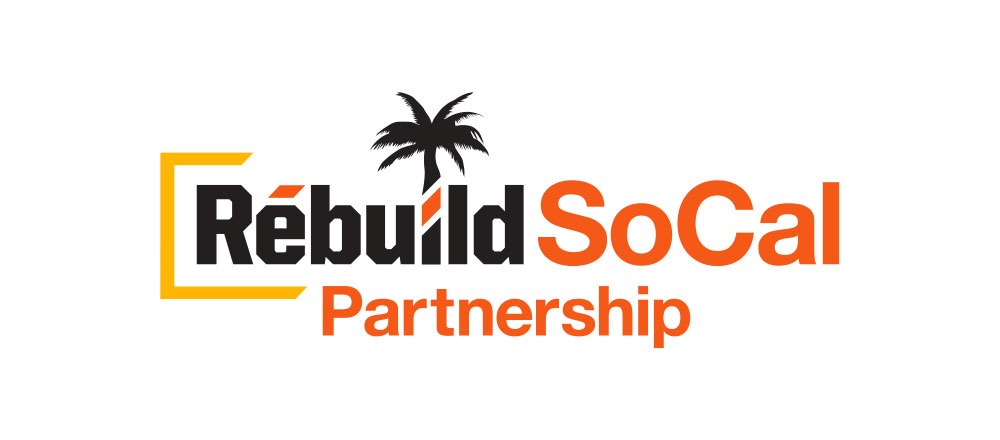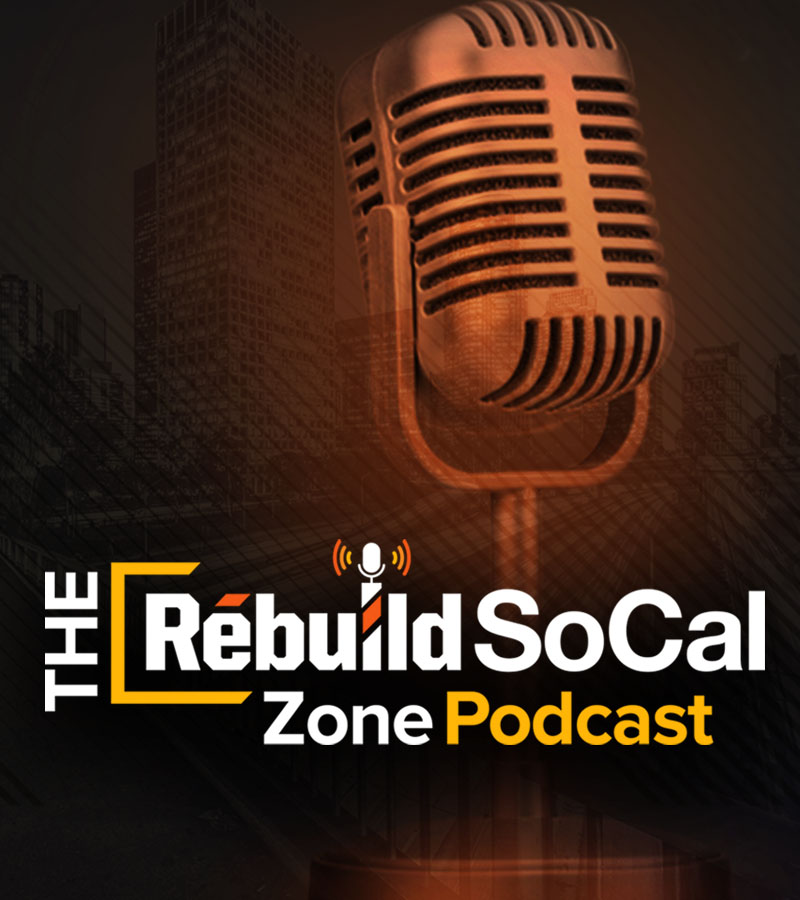Reshaping L.A. With Highly-Anticipated Light Rail Line
The Metro’s Purple (D) Line will “revolutionize how Angelenos move around their city,” says Metro board member Los Angeles City Councilman Mike Bonin. He calls the Purple Line extension “the single most important investment we are making to untangle the Westside’s notorious gridlock and give people real alternatives to sitting in traffic.”
Construction of this 7-mile light rail extension project has been split into three sections and will include seven stations along Miracle Mile, Beverly Hills, Century City, and Westwood. Sections are expected to open in 2023, 2025 and then be complete in 2027, one year prior to the 2028 Summer Olympics.
Good things happen in threes
Metro’s D Line (formerly Purple Line) is currently a 6.4-mile route that begins at Union Station, travels through downtown Los Angeles, passing through Pershing Square and Koreatown before terminating at Wilshire/Western.
The line is currently being expanded and construction on the first phase of the extension began in 2014. Twin tunnel boring machines (TBMs) measuring 400 feet long and weighing in at 1,000 ton each, were named Elsie (after Elsie Eaves, the first female to be elected as a member of the American Society of Civil Engineers) and Soyeon (after female astronaut and mechanical engineer Yi Soyeon) by L.A. school children.
Tunneling under Wilshire west of La Brea, near the La Brea Tar Pits, proved challenging. Crews encountered difficult soil conditions, including tar, methane gas, Ice Age fossils, and more.
Section one extends the line by 3.9 miles (Koreatown to La Cienega); more than 85% of the tunnels and excavation for all three planned subway station boxes beneath Wilshire Boulevard are complete.
The official Phase 2 groundbreaking ceremony took place on February 23, 2018. Boring machines for this phase were named Harriet (to honor Harriet Tubman, conductor of the underground railroad) and Ruth (after Supreme Court Justice Ruth Bader Ginsberg, who “paved the way for women everywhere”). Phase 2 takes the line 2.6 miles west (La Cienega to Century City). COVID lockdowns allowed construction to speed up, helping to advance the planned completion date. This second phase is now more than 45% complete.
Major construction on the third and final leg of the extension kicked off in May 2021. This phase adds another 2.5 miles of new track between Century City and the Westwood VA Campus.
Heading toward finish line
Dave Sotero, Metro communications manager, notes this is “the most complex engineering feat in the modern history of LA Metro Rail construction.” The extension “will generate about 49,300 daily weekday boardings at the seven new stations. … There will be about 78,000 new daily trips on the full Metro Rail system as a result of opening this line.”
As part of the “Twenty-Eight by 2028” initiative, to complete 28 major transportation infrastructure projects ahead and make this Summer Games notes, “This is our opportunity to harness the unifying power of the Olympic movement to transform our transportation future.”
Once the line is complete, it is projected to take under 25 minutes to travel between downtown and Westwood. “Now, anybody who’s been here on the Westside knows, it takes 20 minutes usually just to get this last block,” said Garcetti during the groundbreaking for Phase 3 at the VA Campus. “Seriously. It’s not an exaggeration. It can take 20 minutes to literally even get on the freeway to even try to think about getting downtown.”
From end to end, the overall cost of the D Line extension — Koreatown to the VA Campus — is estimated at $9.5 billion, with federal grants covering roughly half the cost.
Learn more about transit enhancements and a growing light rail network that keep Los Angeles and all of SoCal moving. Stay up-to-date on other important infrastructure issues by signing up for the Rebuild SoCal Partnership newsletter. Follow us on Facebook, Twitter and Instagram, and listen to The Rebuild SoCal Zone podcast.

